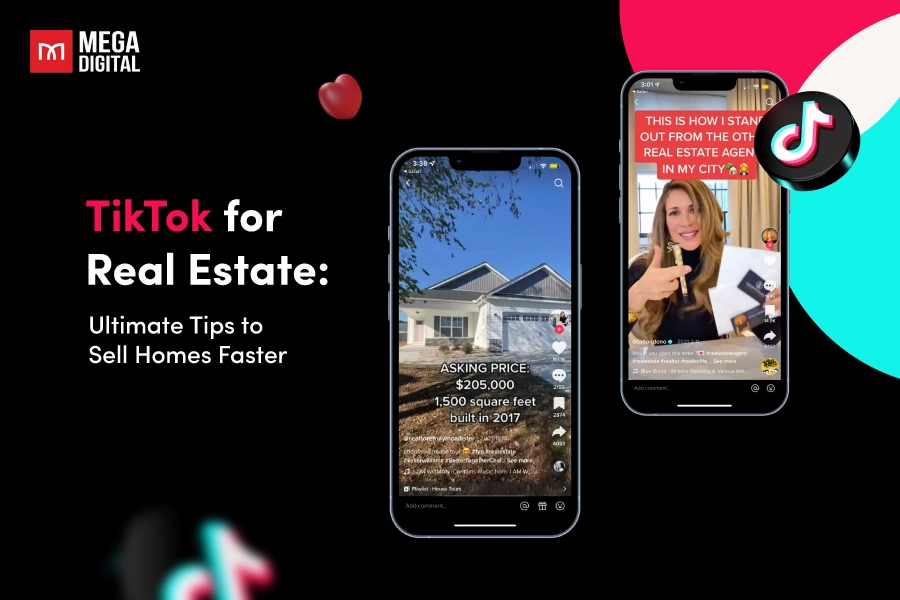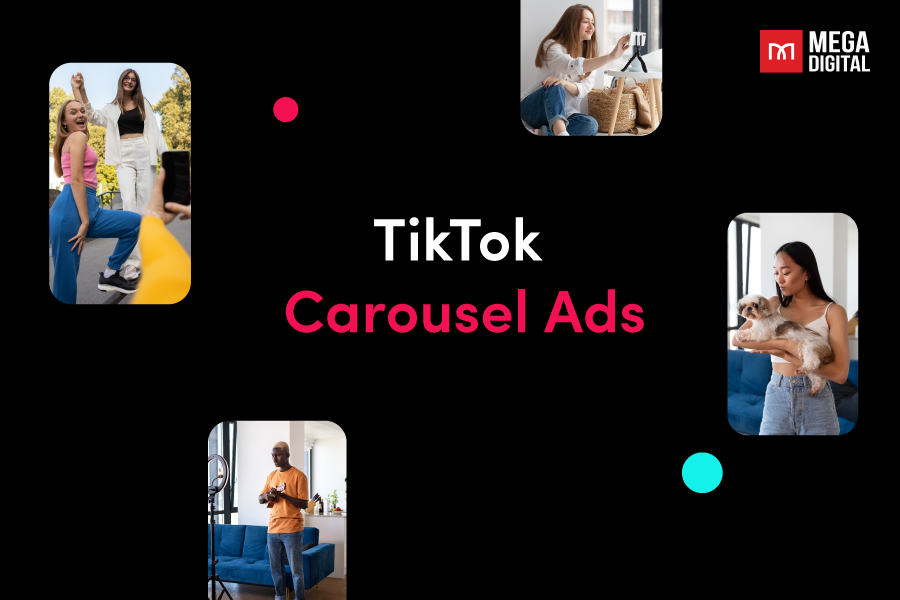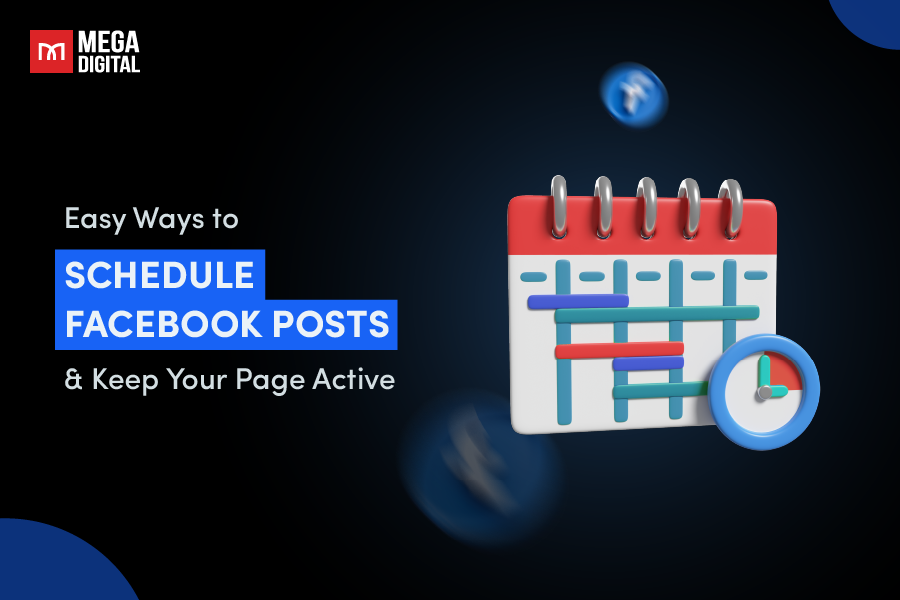Twitter Ads vs Facebook Ads, which is better? When comparing these two platforms, determining the better one isn’t straightforward since each has its own strengths and weaknesses. To make the best decision for your business, you need to consider your unique objectives and audience. This guide will provide you with a detailed analysis of both platforms, helping you identify which one aligns best with your marketing goals.
Introduction of Twitter Ads and Facebook Ads
Twitter and Facebook stand out as two of the most powerful platforms for reaching and engaging with audiences through targeted advertising.
X/Twitter Ads
X, formerly known as Twitter, is a social media platform that has changed the way people connect online, with over 330 million active users every month. Its fast-paced environment encourages quick conversations, making it a go-to place for discussions, debates, and staying up-to-date with what’s happening around the world.
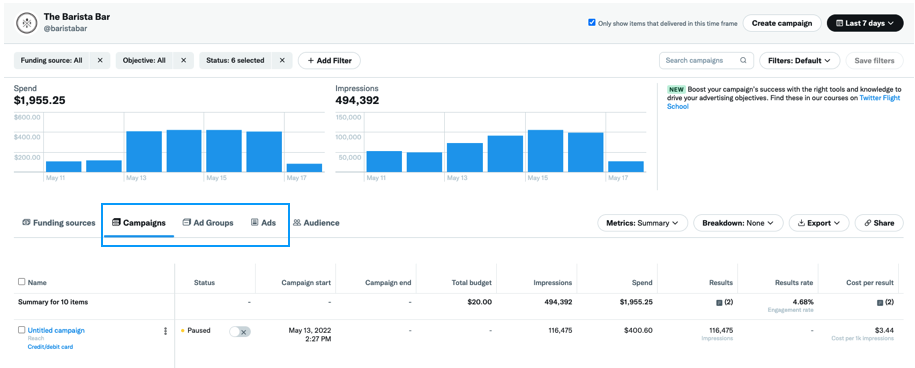
X/Twitter ads are designed to capture the attention of users who are actively engaging with current events, trending topics, and live discussions. When you create an X/Twitter ad, it seamlessly integrates into users’ timelines. The platform’s ad management is handled through X’s advertising platform, where you can monitor performance, adjust targeting, and optimize your campaigns.
Facebook Ads
Facebook is the world’s largest social networking platform, connecting over 2.9 billion users globally. Facebook’s extensive reach and diverse user base make it a powerful platform for personal and professional networking.
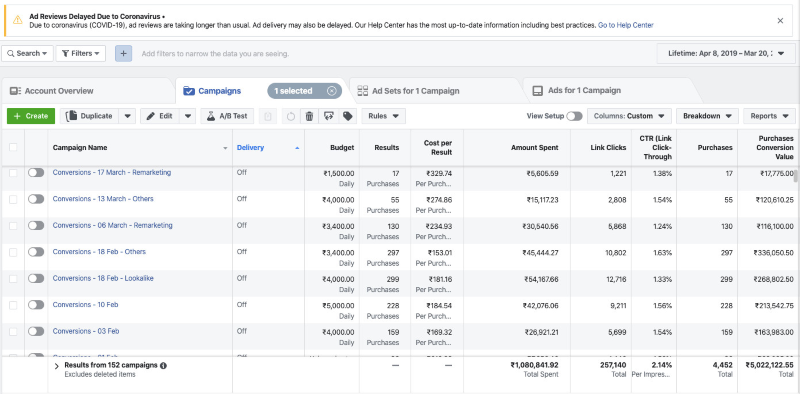
Facebook provides a wide range of 10 ad formats. Facebook’s advanced targeting options allow advertisers to reach specific audience segments. This precision targeting, combined with the platform’s robust analytics tools, makes Facebook Ads an essential tool for businesses looking to increase brand awareness, drive traffic, and achieve higher conversion rates.
Twitter Ads vs Facebook Ads: Differences in 5 Key Metrics
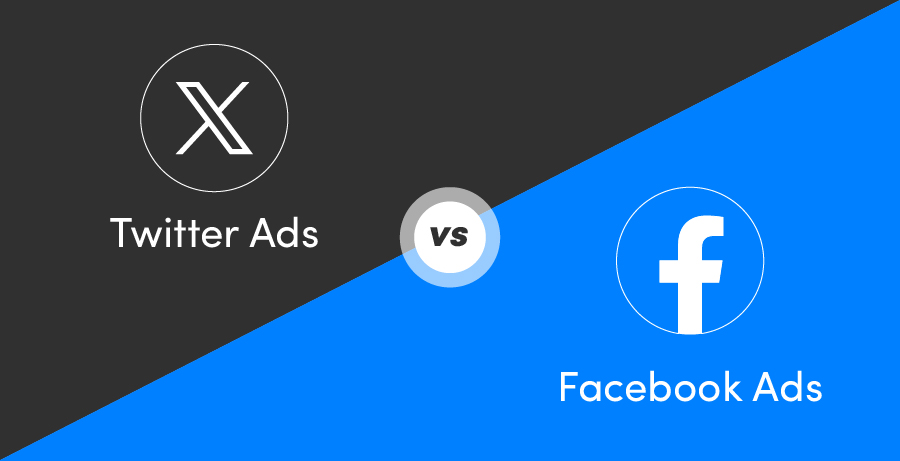
When comparing Twitter ads to Facebook ads, there are several key differences. These two platforms differ in audiences, ad types, targeting options, ad costs, engagement rates, and CTR.
1. Audience
Twitter recently reported a monthly user base of 330 million, while Facebook’s latest figures show an astounding 2.7 billion monthly active users. These statistics are crucial for understanding the reach and audience potential on each platform.
Although Twitter’s user base, with approximately 368 million monthly active users, is significantly smaller compared to Facebook, it is important to consider the platform’s unique attributes.
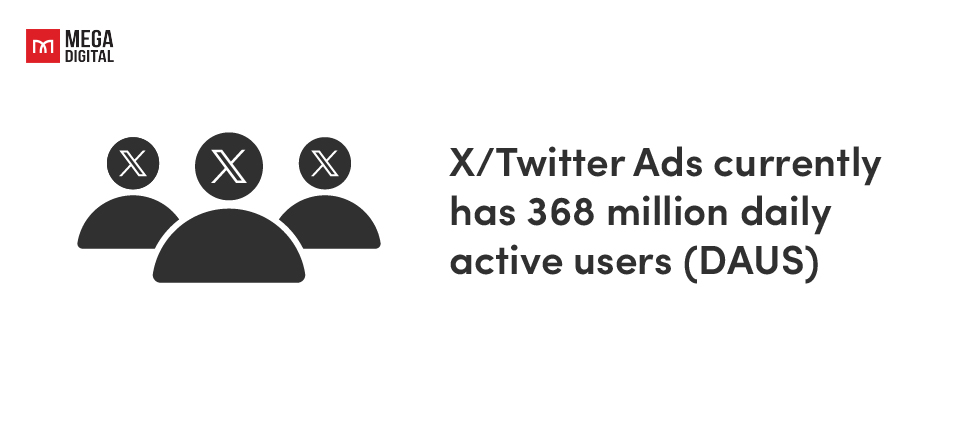
Twitter has a young demographic, particularly appealing to users aged 18-29. This user base is heavily invested in real-time events, news, and trending topics. According to the background information, 69% of Twitter users rely on the platform for news, indicating the user base’s strong potential for spreading information and engaging in trending topic discussions. This makes Twitter a strong choice for brands looking to engage with a younger, more dynamic audience.
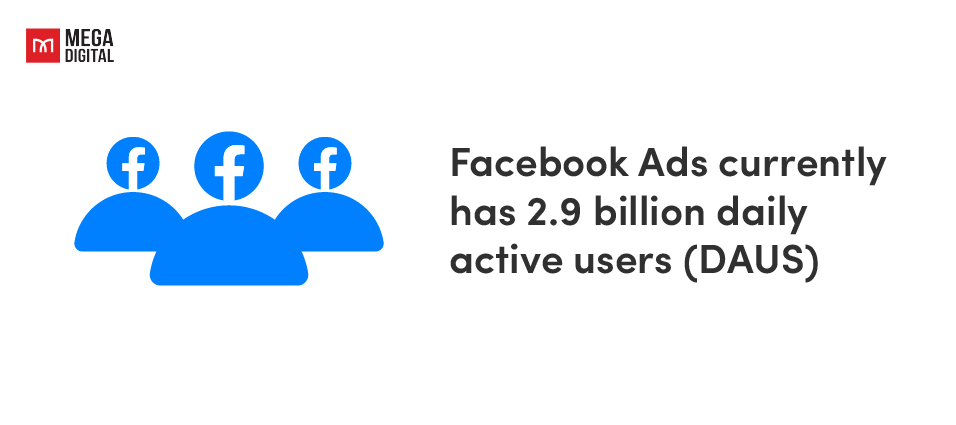
Facebook, on the other hand, boasts the largest user base with over 2.9 billion monthly active users, spanning all age groups, particularly dominant among users aged 25-34. It’s a platform that attracts a diverse demographic, including older adults, with a growing number of seniors joining in recent years. This broad appeal makes Facebook ideal for businesses targeting a wide range of age groups.
Conclusion: If your goal is to connect with a younger audience in real-time, Twitter is the way to go. However, if you aim to reach a broader demographic and build long-term relationships, Facebook is the better choice
2. Ad Format
Both Twitter and Facebook provide a variety of ad formats designed to help businesses connect with diverse audience segments, each tailored to meet specific business goals.
Twitter’s ad formats are more streamlined, focusing on:
- Promoted Tweets: Standard tweets that reach a broader audience.
- Promoted Accounts: Help brands gain followers quickly.
- Promoted Trends: Allow advertisers to sponsor trends, placing them at the top of the trending list.
- Video Ads: Similar to Facebook, Twitter offers in-feed video ads, though without the immersive full-screen options Facebook provides.
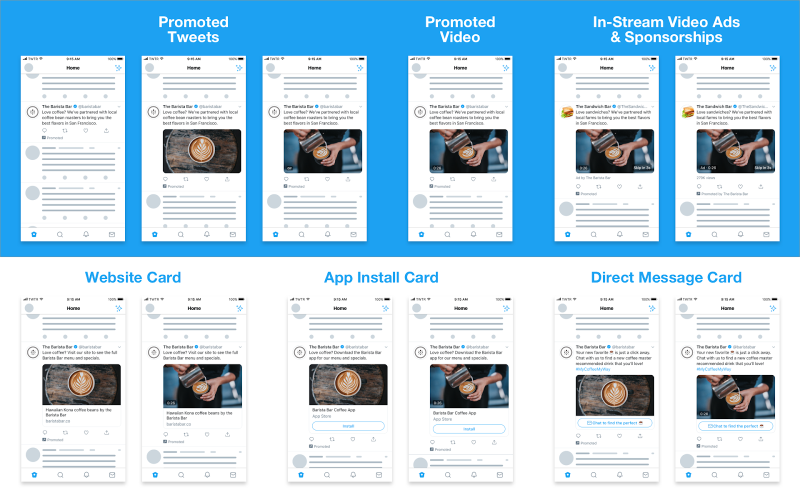
>>> Read more: All X/Twitter Ads Types: Specs, Pros & Cons, and When to Use [2024]
Facebook offers a wide variety of ad formats designed to maximize engagement. These include:
- Image and Video Ads: Standard formats that appear in the feed.
- Carousel Ads: Allow advertisers to showcase multiple images or videos in a single ad.
- Instant Experience Ads: A full-screen experience optimized for mobile users.
- Stories Ads: Full-screen vertical ads that appear in Facebook Stories.
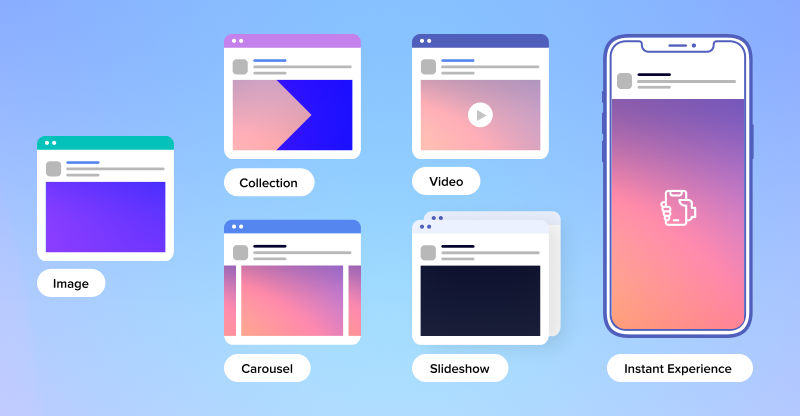
>>> Read more: All Types of Facebook Ads – A Comprehensive Guide [2024]
Conclusion: When choosing between Twitter Ads and Facebook Ads based on ad formats, consider the nature of your content and marketing goals. Twitter is best suited for brands looking to capitalize on immediate interactions and trending topics. Facebook, on the other hand, offers a wider variety of ad formats, If your campaign requires richer, more interactive formats, Facebook is the better choice.
3. Targeting Options
Both Twitter and Facebook offer a wide variety of targeting options that help businesses connect with the people they want to reach, but with different strengths:
Twitter ads targeting stands out with features like keyword targeting, enabling advertisers to reach users based on specific words and hashtags they’ve interacted with.
Twitter also enables follower-based targeting, where brands can target users who follow specific accounts, providing a more refined audience targeting based on interests.
On the other hand, Facebook ad targeting options are generally more advanced. Together with a wider range of audience data and analytics, Facebook is a commonly preferred platform when comparing targeting in Twitter ads vs. Facebook ads.
Facebook stands out with its highly advanced targeting capabilities, allowing businesses to target users based on various factors such as demographics, location, interests, behaviors, and connections. Moreover, businesses can create Custom Audiences using customer data and retargeting options, as well as utilize Lookalike Audiences to reach potential customers who share similarities with their current audience.
Conclusion: Twitter excels in niche targeting through features like keyword and follower-based targeting, ideal for reaching users based on real-time interests and specific interactions. Facebook, however, offers more comprehensive and advanced targeting options. If you need highly refined, data-driven targeting with a wide range of options, Facebook should be the platform for you.
4. Ad Costs
Ad costs on both platforms vary based on factors like competition, audience size, and ad placement.
Twitter offers a cost-effective option for advertisers with smaller budgets or those looking to maximize their reach with a younger audience.
On average, advertisers can expect to pay:
- $0.26 – $0.50 per first action
- $1.01 – $2.00 per follow for promoted accounts
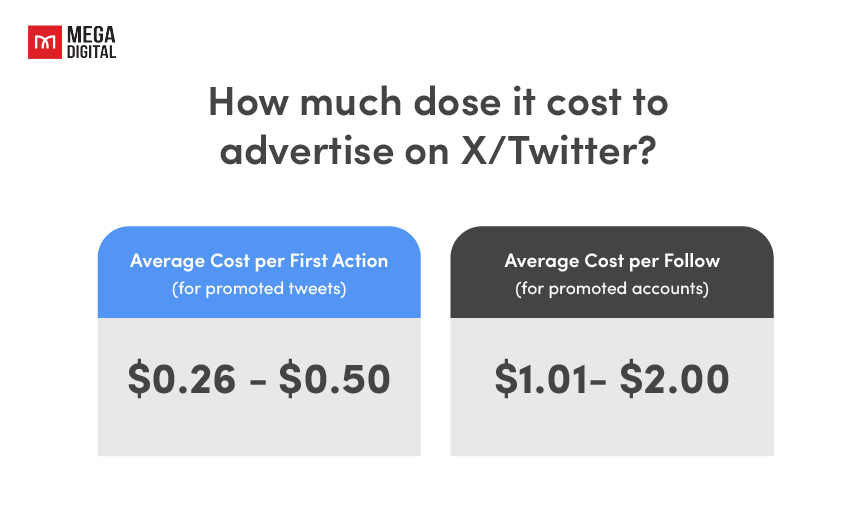
On average, X/Twitter ads cost around $101 – $500 per month. However, monthly expenses can differ significantly based on factors such as your ad budget, bid type, competition, and industry. For example, some businesses spend under $100 on X/Twitter ads, while others invest more than $10,000 monthly.
Since Facebook uses an ad auction system to determine which ads are shown, there are various average costs to consider.
On average, advertisers can expect to pay:
- $0.26 – $0.50 per click
- $1.01 – $3.00 per 1,000 impressions
- $0.00 – $0.25 per like
- $0.00 – $5.00 per download
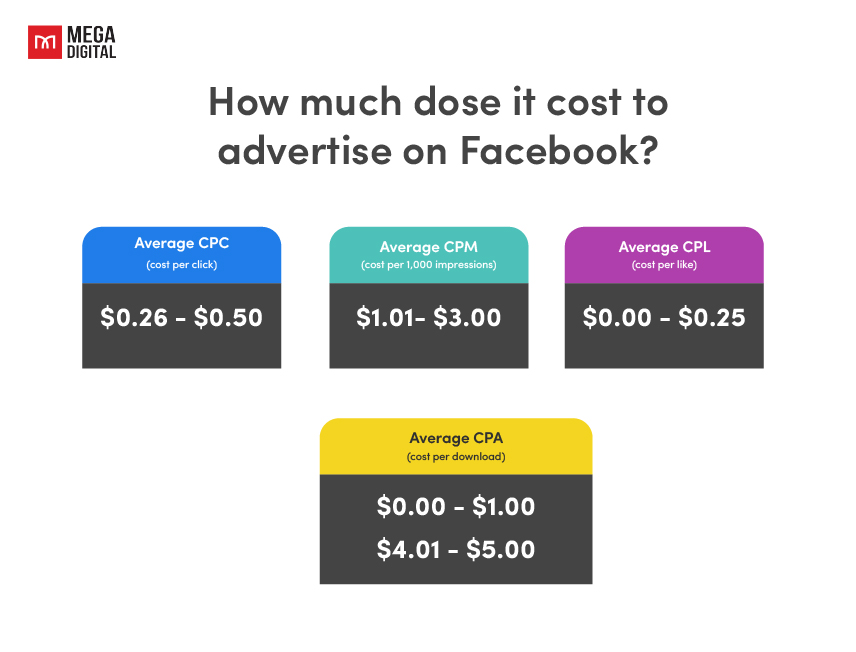
In terms of monthly ad cost, businesses are likely to spend between $1 and $500 on Facebook ads, though some companies invest over $3,000 monthly in their campaigns. Your monthly ad cost will vary based on your advertising budget and the cost per click, like, download, or 1,000 impressions.
Conclusion: When comparing ad costs, Twitter generally offers a more budget-friendly option, especially for reaching a younger audience. Facebook uses an ad auction system, resulting in a broader cost range, depending on competition. If you’re looking for cost efficiency with a younger audience, Twitter is ideal, while Facebook offers more flexible options for broader targeting needs.
5. Engagement
Twitter has a lower engagement rate, around 0.046%, primarily due to the fast-paced nature of the platform where content quickly becomes outdated as new tweets flood the timeline.
Facebook generally sees higher engagement rates per post, with a median engagement rate of 0.16% across all industries. The platform’s longer content lifespan and immersive ad formats contribute to higher interaction rates.
Conclusion: Twitter sees a lower engagement rate due to its fast-paced environment. Facebook, with a higher engagement rate, benefits from longer content visibility and more interactive ad formats. For sustained engagement, Facebook is more effective, while Twitter suits quick, real-time interactions despite lower overall engagement.
6. Click-Through Rate (CTR)
Facebook and Twitter are relatively close in CTR, with Facebook having a median CTR of 1.46% and Twitter slightly higher at 1.55%. This indicates that while Twitter’s reach may be smaller, its audience is often more engaged with the content they interact with, likely due to the platform’s focus on real-time updates and news.
How to Pick the Right Platform for Your Business?
Choosing between Twitter Ads and Facebook Ads can be challenging, but following a structured approach can help you determine which platform will best serve your business needs. Here’s a five-step process to guide you through making the right choice:
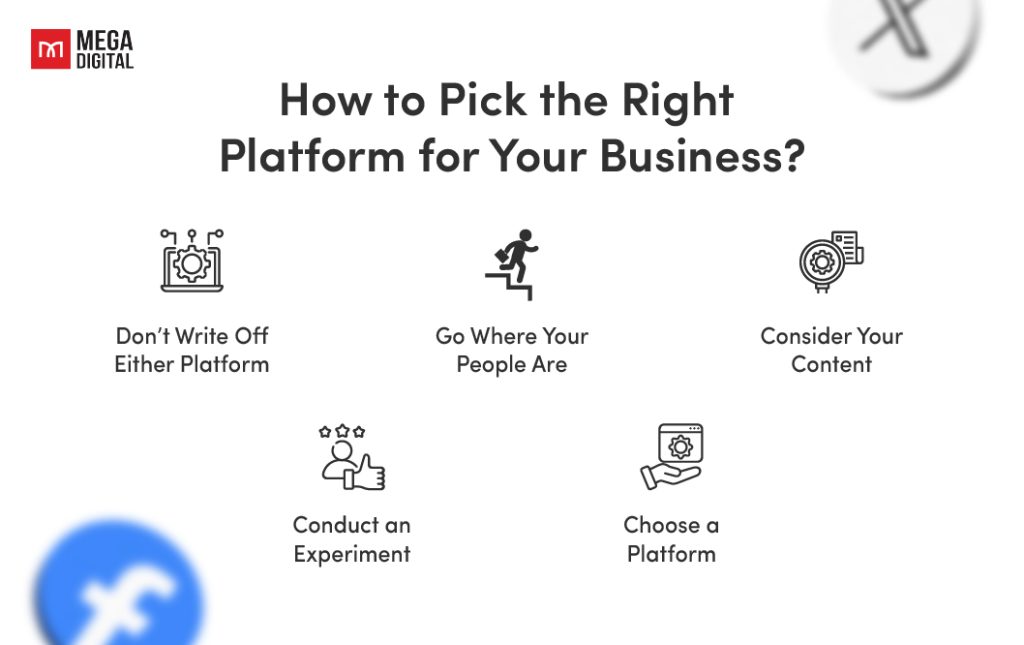
1. Don’t Write Off Either Platform
Start by keeping an open mind. Both Twitter and Facebook have unique strengths that can be leveraged in different ways. Rather than dismissing one platform in favor of the other, consider how each can potentially contribute to your marketing goals. Each platform offers different tools and audiences, so it’s crucial to evaluate both before making any decisions.
2. Go Where Your People Are
Understand where your target audience spends their time. If your audience skews younger and is highly engaged with real-time events, Twitter might be your best bet. Conversely, if your target demographic spans various age groups and includes more mature audiences, Facebook’s vast user base could be more beneficial. Analyze your customer personas and match them to the platform where they are most active.
3. Consider Your Content
Evaluate the type of content your brand creates. Facebook’s versatile ad formats are ideal for businesses with rich visual content and in-depth storytelling. If your content strategy involves video, carousel ads, or immersive experiences, Facebook could be the right platform. On the other hand, if your content is more text-driven and focused on short, impactful messages, Twitter’s simpler ad formats may be a better fit.
4. Conduct an Experiment
Before fully committing to one platform, run a small-scale test on both. Create similar campaigns on Twitter and Facebook and monitor the results. Pay attention to metrics such as engagement, click-through rates, and conversions. This hands-on approach will provide real data to inform your decision, allowing you to see firsthand which platform delivers better results for your specific campaigns.
5. Choose a Platform
Based on your research and experimentation, choose the platform that aligns best with your business objectives and audience. Remember, this choice doesn’t have to be permanent. Digital marketing is dynamic, and your strategy can evolve as your business grows and your audience’s behavior changes.
Which is Better: Twitter Ads vs Facebook Ads?

When it comes to selecting between Twitter and Facebook for advertising, the decision is intricately tied to the specific goals, audience characteristics, creative strategies, and budget constraints of your business. Each platform offers distinct advantages that can align differently depending on what your business aims to achieve.
For instance, if your objective is to engage with a younger, more tech-savvy audience, Twitter might be the more effective platform. On the other hand, Facebook’s broad user base and diverse ad formats make it suitable for brands aiming to build long-term relationships with a wide-ranging audience.
However, declaring one platform as definitively “better” than the other oversimplifies the decision-making process. The reality is that both platforms can be leveraged simultaneously to fulfill different stages of the customer journey.
Why even choose at all? Go for the multi-channel strategy!
Many businesses find that using both Twitter ads and Facebook ads together yields the best results. This approach allows brands to engage with their audience at multiple touchpoints, using each platform’s unique features to maximize reach, engagement, and overall campaign effectiveness.
The decision between Twitter and Facebook for advertising should not be viewed as an “either/or scenario”. Instead, it should be based on a thorough analysis of your business objectives, audience behavior, content strategy, and budget, with the understanding that both platforms can complement each other in achieving your broader marketing goals.
Now, let’s explore how to maximize performance across all channels by leveraging their respective strengths:
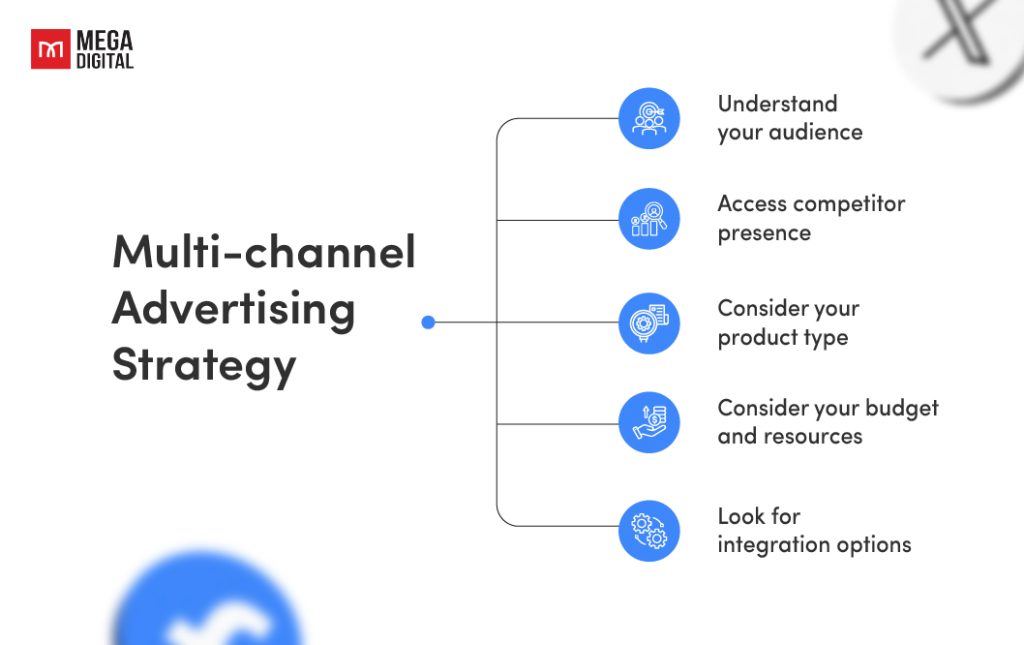
- Understand your audience: Identify your target audience’s needs and preferred social media platforms to determine who finds your product appealing.
- Assess competitor presence: Analyze where your competitors are active, their engagement levels, and potential opportunities on different platforms.
- Consider your product type: Match your product type to the most suitable platforms.
- Consider your budget and resources: Evaluate your budget and available resources to manage multiple channels effectively.
- Look for integration options: Explore ways to integrate multiple channels, such as syncing your eCommerce site with social media for seamless promotion and selling.
Closing
Deciding between Twitter Ads and Facebook Ads goes beyond just picking a platform; it’s about finding the right fit for your specific business needs. Through hands-on experience, I’ve uncovered the distinct characteristics of each platform. So, which will you choose, Twitter Ads vs Facebook Ads? We hope this guide is helpful for you to make an informed decision.






